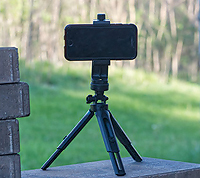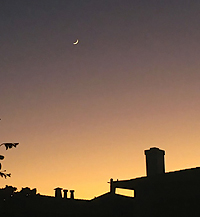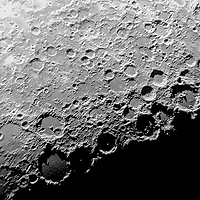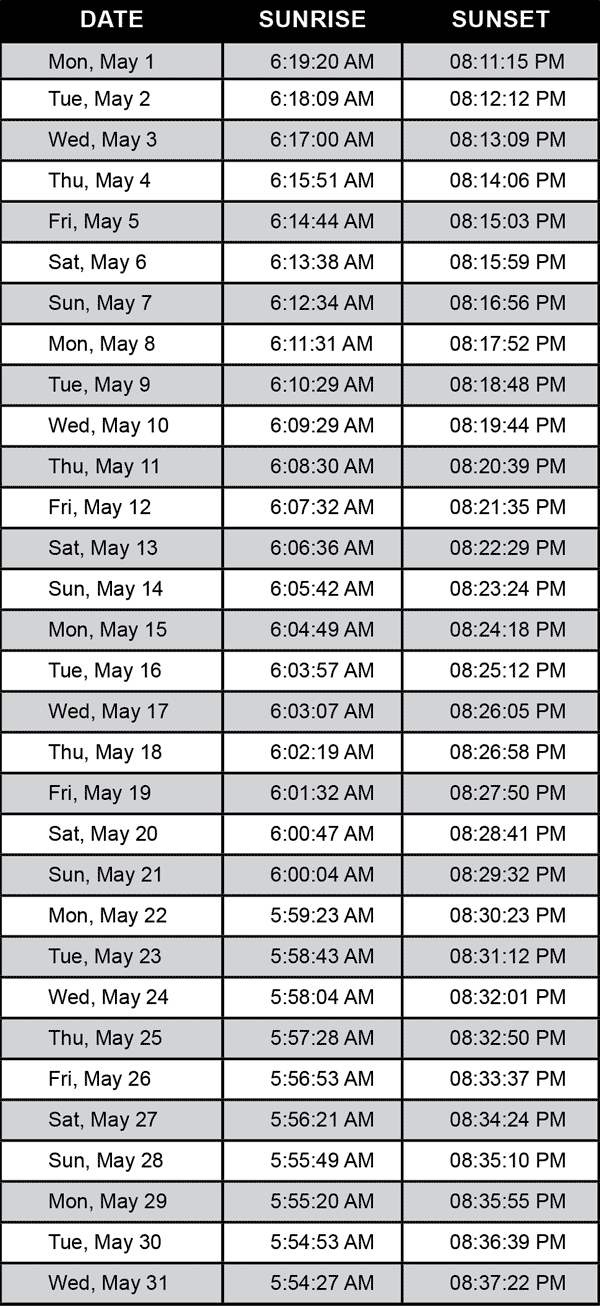|
|
DARK SKY HAPPENINGS - May 2023
Moab
UT (at City Hall)
38O34’ N Latitude
109O33’ W Longitude
4048 ft - 1234 m |
Astrophotography With Your Smartphone
from the archives of the NASA Dark Sky Network
 |
| A small tripod for a smartphone. They are relatively inexpensive—the author found this at a local dollar store! |
Have you ever wanted to take nighttime photos like you’ve seen online, with the Milky Way stretched across the sky, a blood-red Moon during a total eclipse, or a colorful nebula? Many astrophotos take hours of time, expensive equipment, and travel, which can intimidate beginners to astrophotography. However, anyone with a camera can take astrophotos; even if you have a just smartphone, you can do astrophotography. Seriously!
Don’t expect Hubble-level images to start! However, you can take surprisingly impressive shots by practicing basic techniques: steadiness, locked focus, long exposure, and processing. First, steady your smartphone. This is especially important in low light conditions. A small tripod is ideal, but an improvised stand, like a rock or block, works in a pinch. Most camera apps offer timer options to delay taking a photo, which reduces the vibration of your fingers leaving the phone. Next, lock your focus. Smartphones use autofocus, which is not ideal for low-light photos, especially if the camera readjusts focus mid-session. Tap the phone’s screen to focus on a distant bright star or streetlight, then check for options to lock it. Adjusting your camera’s exposure time is also essential. The longer your camera is open, the more light it gathers– essential for astrophotography. Start by setting your exposure time to a few seconds.
With those options set, take a test photo! If your phone’s camera app doesn’t offer these options, you can download apps that do. Some phones even offer an “astrophotography” setting! Finally, process your photos using an app on your phone or computer to bring out additional detail! Post-processing is the secret of all astrophotography.
 |
| The Moon is large and bright, making it a great target for beginners. The author took both of the photos of the Moon in this article using an iPhone 6s. The crescent moon at sunset (above) was taken with a phone propped on the roof rack of a car. |
You now have your own astrophotos! Next? Practice: take lots of photos using different settings, especially before deciding on any equipment upgrades. Luckily, NASA offers resources for budding astrophotographers, including a free eBook with tips for smartphone astrophotography at bit.ly/smartastrophoto, and you can also join the Smartphone Astrophotography project at bit.ly/smartphoneastroproject. May you have clear skies!
 |
| This closeup shot of lunar craters was taken through the eyepiece of a friend’s Celestron C8 telescope with a hand-held iPhone6s. You can purchase or make your own adapter to mount your phone to a telescope eyepiece to aid in taking astrophotos! |
Sunrise-Sunset
(The time of sunrise and sunset assumes a flat horizon. Actual time may
vary depending upon the landscape.) |
 |
MOON HAPPENINGS
May 5 - Full Moon at 11:34am
May 12 - Third Quarter at 8:28am
May 19 - New Moon at 9:53am
May 27 - First Quarter at 9:23am
|
Moab Dark Skies mission is to promote the appreciation and conservation of Moab’s valuable and rare dark skies. Moab Dark Skies was established by the Friends of Arches and Canyonlands Parks in conjunction with the National Park Service and Utah State Parks Division of Natural Resources
For more information, check out our Facebook page. |
|
|
|
|
|
|
|
© 2002-2024 Moab Happenings. All rights
reserved.
Reproduction of information contained in this site is
expressly prohibited.
|
|